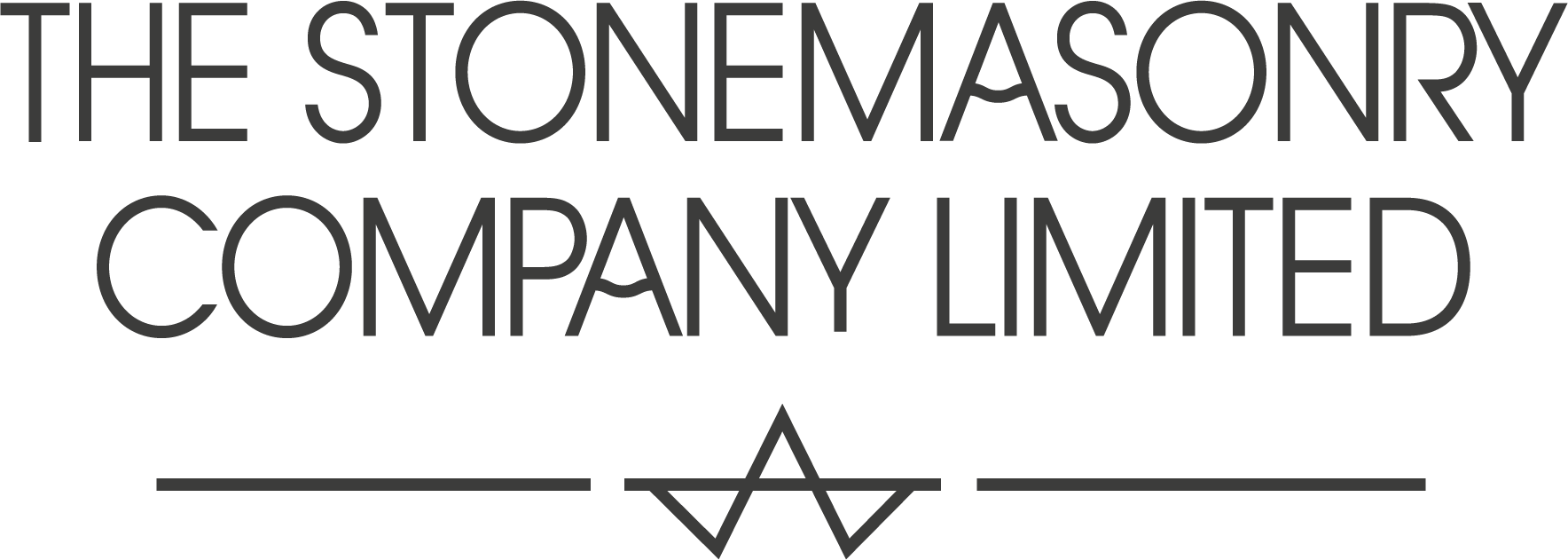Stone - Reading Lists (Part 1)
At our offices we hold a vast library of books on stone and architecture, here are some of The Stonemasonry Company Limited’s top picks, the best books to read to enhance your knowledge of stone (Please note that some may not have english Translations available at present).
New Stone Architecture - David Dernie
(Extract from Pallant House Gallery (https://pallantbookshop.com/product/new-stone-architecture/) - “In recent years contemporary architects have become obsessed with a variety of new materials, and above all stone. The limits and predictability of the modernist palette have long been recognized, and contemporary architects are now looking to the ancient values of stone to give new expression to their ideas. Above all it is the permanence of stone that is increasingly used to express a sense of civic stability, or ground the otherwise fluid forms of contemporary architecture. New Stone Architecture explores the special role of this material in a timely reassessment of the ideas which underpin today’s renaissance of stone architecture. The introduction uncovers the expressive possibilities of stone, describes the new technologies which make the new forms possible and offers an interpretation based on the author’s technical and theoretical understanding of material themes. This is followed by thirty-three case studies from around the world. Architects featured include Michael Hopkins, Kengo Kuma, and Renzo Piano.”
Stone: A Legacy and Inspiration for Art - Jake Harvey, Noe Mendelle and Joel Fisher
(Extract from Abe Books (https://www.abebooks.co.uk/9781907317378/Stone-Legacy-Inspiration-Art-Jake-1907317376/plp ) - “Stone: A Legacy and Inspiration for Art is a fascinating exploration into the world of stone work; a photographic journey that depicts the work of the Edinburgh College of Art's Stone Project, led by Professor Jake Harvey, Professor Noe Mendelle and Joel Fisher; and their three years of research-based travel to countries around the world - explored through essays, case studies, photographs and film stills. Guiding the reader through the traditional processes of extracting stone and the plethora of tools and techniques used, Harvey, Mendelle and Fisher delve into the history of stone work, whilst simultaneously situating it within contemporary practice. Opening with a photo essay on 'The Quarry', breathtaking photographs taken over the past century depict quarries around the world. The authors then follow the material's journey from its birthplace, through the various methods of extraction, exploring the material's evolution into something new with an array of sculptural techniques, whilst also giving voice to the quarry workers and stonemasons responsible. Contemporary stone sculpture and stone carving is featured within the book, with artists using stone within their practice being highlighted - such as Marc Quinn, Ian Hamilton Finlay, Gerard Mas, Isamu Naguchi and the late Louise Bourgeois - Stone includes previously unseen images of their work in production, and in some of the many stoneworking 'laboratories' and quarries featured. A visually stimulating title, Stone: A Legacy and Inspiration for Art is the ideal introduction to stone work and the perfect addition to the bookshelves of those with an interest in arts, crafts and architecture.”
Eduardo Souto de Moura - Stein Element Stone - Werner Blaser, Eduardo Souto de Moura and Jacques Herzog
(Extract from Abe Books https://www.abebooks.co.uk/Eduardo-Souto-Moura-Stein-Element-Stone/30812056974/bd) - “Monograph on the Portuguese architect Eduardo Souto de Moura, who has made the stone wall a significant design element of his work, consistently employing the material in traditional typologies. Souto de Moura won the Pritzker in 2011. Text in English and German”
Stone In Architecture: Properties, Durability - Erhard Winkler
(Extract from Springer Link https://link.springer.com/book/10.1007/978-3-662-10070-7) - “The readers of the first two editions of Stone: Properties, Durabi lity in Man's Environment, were mostly architects, restoration architects of buildings and monuments in natural stone, profes sionals who sought basic technical information for non-geologists. The increasing awareness of rapidly decaying monuments and their rescue from loss to future generations have urged this writer to update the 1973 and 1975 editions, now unavailable and out of print. Due to the 20-year-Iong interval, extensive updating was necessary to produce this new book. The present edition concentrates on the natural material stone, as building stone, dimension stone, architectural stone, and decorative field stones. Recently, the use of stone for thin curtain walls on buildings has become fashionable. The thin slabs exposed to anew, unknown complexity of stresses, resulting in bowing of crystalline marble, has attracted much negative pUblicity. The costs of replacing white slabs of marble on entire buildings with its legal implications have led construction com panies into bankruptcy. We blame many environmental problems on acid rain. Does acid rain really accelerate stone decay that much? Stone preservation is being attempted with an ever-increasing number of chemicals applied by as many specialists to save crumbling stone. Chemists filled this need during a time of temporary job scarcity, while the general geologist missed this opportunity; he was too deeply involved in the search for fossil fuels and metals.
Constructing in Massive Stone Today - Gilles Perraudin
(Extract from Les Presses du reel https://www.lespressesdureel.com/EN/ouvrage.php?id=3067) - ““We have been building massive stone constructions—in which stone plays a structural role— for fifteen years now. We have presented and advocated the use of this material in many lectures, conferences and seminars in France and around the world. As our presentations are frequently met with the same questions, we decided to record the lessons of our experience in order to provide architects and builders with some answers regarding the process of building with massive stone. Rather than compile an exhaustive compendium, which would be a time-consuming and tedious task, we opted to create a construction manual. Without answering all the questions raised by the use of stone, this manual will have the merit of serving as a guide to all those who wish to pursue this approach to construction.”
(Gilles Perraudin)





